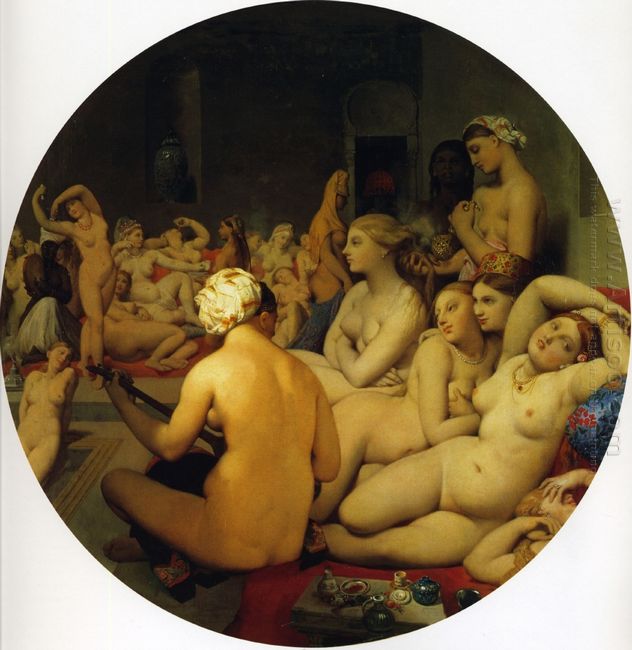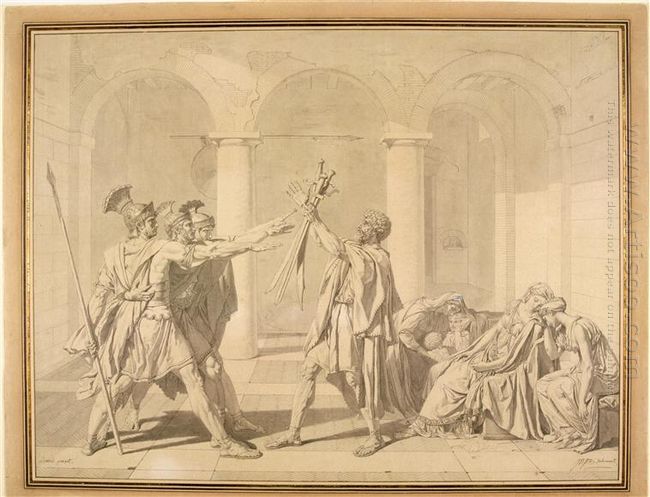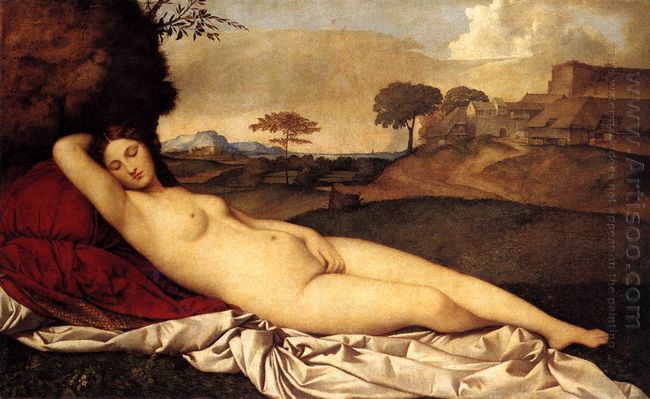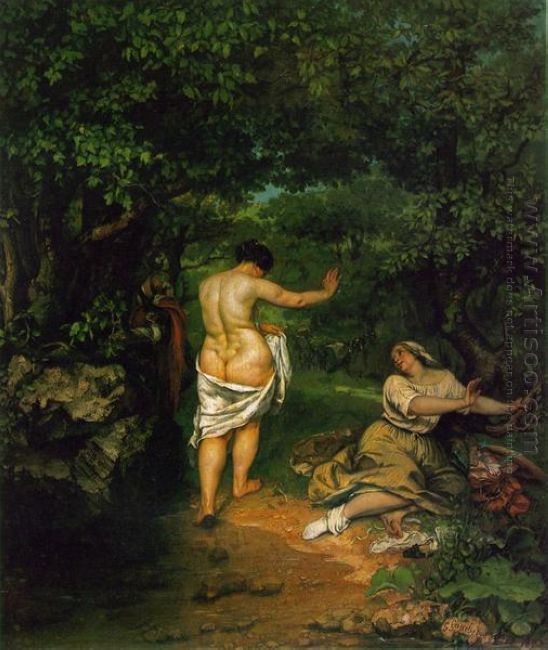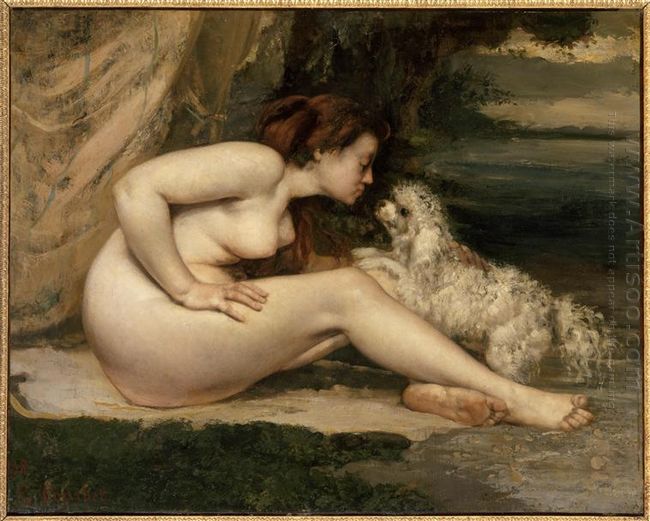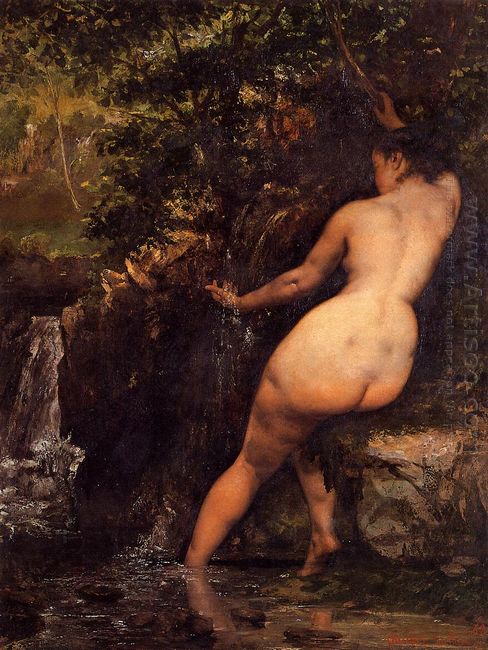Ingres was wiling to call himself as historical artist, because since the founding of Royal College of Painting and Sculpture in the 17th century, the traditional classical followers had been regarded as the highest level of history painting (the first level of history painting, myths and religious paintings; the second level for custom painting, portrait painting; third grade of landscape painting, still-life painting). However, from the perspective of art history, the most outstanding works of Ingres were the portrait paintings and body paintings. But if his portrait paintings and body paintings were compared, you would find his highest achievement is the female body paintings.
The Turkish Bath was created in 1862. This painting was a new exploration after his famous painting The Source. If The Bather of Valpinçon reflected that Ingres took advantage of the overall sense and exquisite feeling of the female body to express the pure, clean and concise beauty, then The Turkish Bath showed Ingres expressed a pure and rich, dynamic and static combination with the help of numerous "pure"and "clean"graceful body. If Paul and Francesca was not a success, then The Turkish Bath was one of the outstanding works of Ingres. The naked bodies in the painting formed an intermediate tone and small blue, red and yellow colored patches decorated the meantime like the jewels. Despite slightly fuzzy, it was very harmonious. In the women's performance, Ingres overcame his sense of love and gave it the legendary charm.
Each bath was a "simple" and "clean" form, but many of the "simple" and "clean" were rich in the form. Such expression method which used calm and elegant lines and subtle shades to reflect the concrete abstract subjects was derived from the classical tradition; however, the oriental sentiment that the real and beyond real, pure and rich, mellow and strong abstract means and works revealed was never owned by the traditional classical art.

